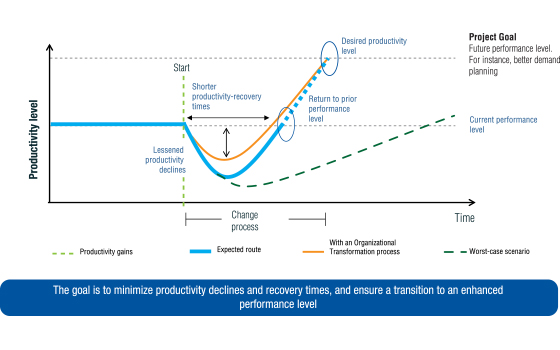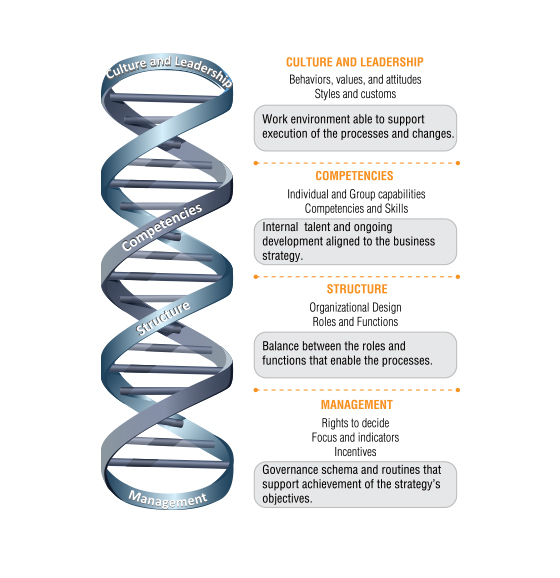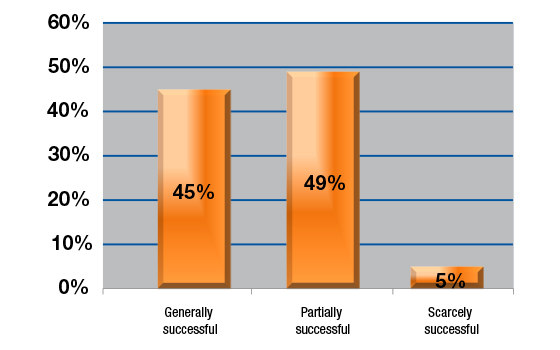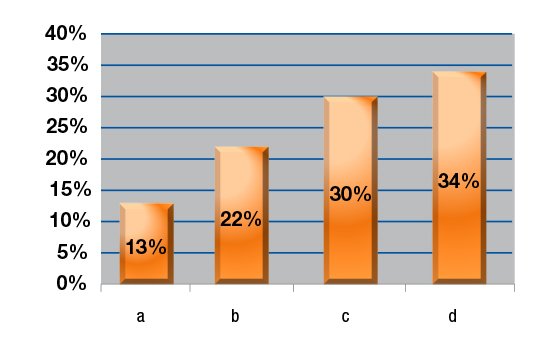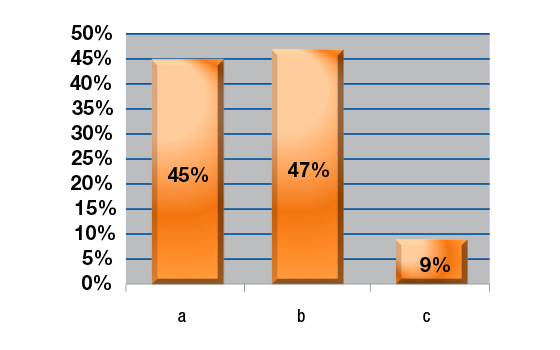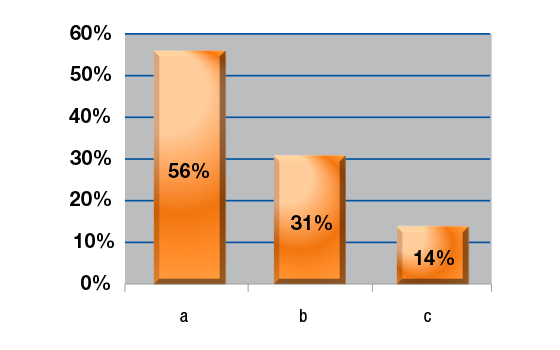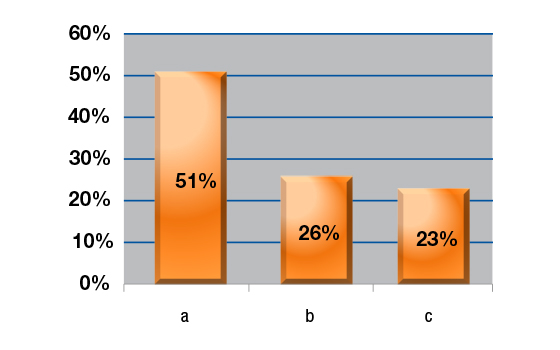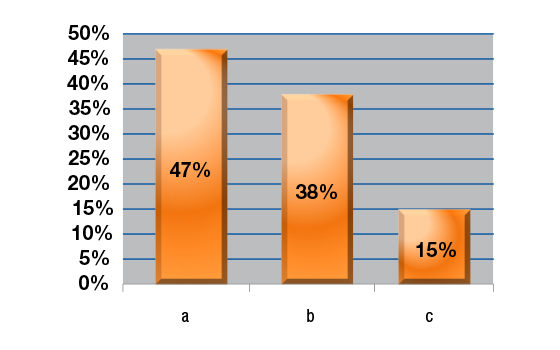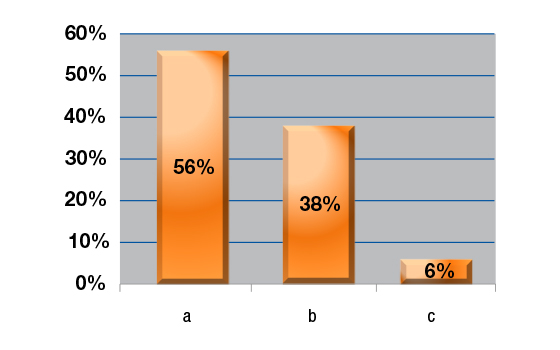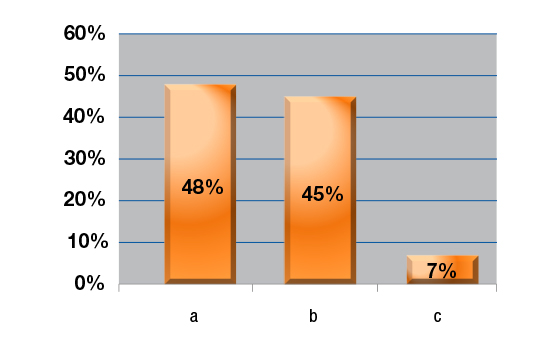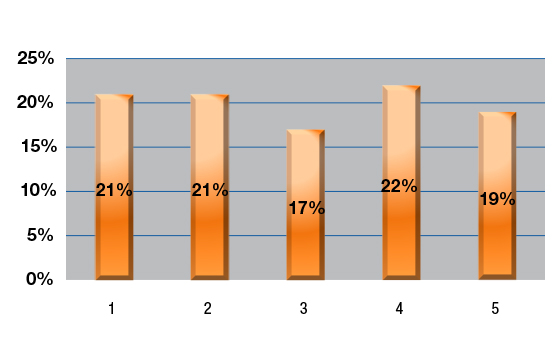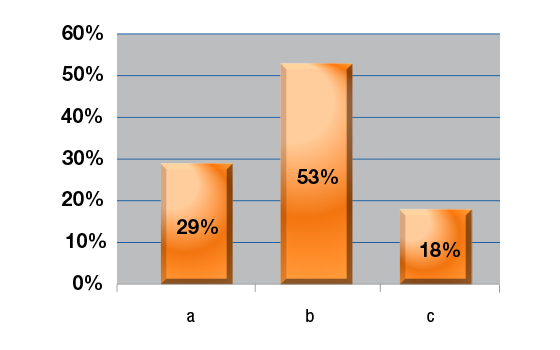It’s a common occurrence that when strategic changes are made in a company, the last ones to find out are the members of such organization. Here’s where the misalignment between an organization and its strategy is born. This lack of organizational congruence results in:
- Conflicts among areas & finger-pointing among executives.
- Initiatives that fail, due to a lack of commitment.
- Duplicated… or triplicated efforts.
- Gray areas in decision-making and the allocation of responsibilities.
- Ghost incentives, or incentives that respond to nothing in particular.
These problems might sound more familiar than we’d like them to be, that’s reason enough to understand the role of the organization as an enabler of the business strategy; the organization has to change along with the strategy.
It’s normal that when change is implemented, people tend to resist or it takes a toll on productivity, but this is just part of the process, like upgrading from an old bicycle to one that offers greater speed and performance; it’s common to be nervous about it, but after a little practice, it gets so much easier to ride and enjoy it. The same thing happens with changes within an organization. After the adaptation phase is complete, productivity will rise to the original level, to then surpass it. This is why a change management strategy is imperative, to guide the transformation from beginning to end.
When a company begins a growth process, it’s essentially changing. Thus, the Organization must align itself to such growth, along the 4 elements that make up the DNA of a business:
In order to have a better outlook on the needs & management of changes within Mexican companies, a survey was conducted during Visum 2012, a Sintec event, in which the perspectives of 150 leading Mexican companies’ directors were integrated. The leaders answered 11 questions regarding the main topics in an organization:
- Culture and leadership
- Competencies
- Organizational Structure
- Management Practices
Change History:
Over the last 24 months, do you consider that the changes that your company/area has undergone (new markets, channels, products, processes) have been:
Most executives perceive changes within organizations as “Partially successful”.
Working Culture
Does your company have a working culture of collaboration, communication, transparency, and commitment needed to sustain its processes and drive change projects?
- Yes, there is an area or department of Change Management.
- Yes, there is a Change Management function/role.
- No, Human resources carries out such role.
- There are no responsible persons for such functions within any area of the company.
34% of executives point out that there is no one responsible for work culture in their organizations, and 30% identifies Human Resources as the department assigned to this task.
Sponsorship of change
When projects of change are launched in your company, is there the necessary sponsorship on the part of senior executives for the achievement of set goals?
47% of participants considers that there’s senior executive commitment, but it doesn’t permeate to the rest of the organization.
Profile Assessments
In your company, do you evaluate whether the profiles and competencies of your people are aligned to the needs of their allocated functions?
- Yes, and decisions are made on how to correct the gaps (training, coaching, etc.), or the best “fit” is sought for the individual in another position and, if required, the employment relationship is terminated with those whose profile or competencies fail to meet requirements for the function.
- Yes, but no decisions are made in this regard.
- No evaluation is made of associates’ profiles or competencies.
With a 56 percentage of response, most executive agreed that associates’ profiles and competencies are evaluated to make sure they are aligned with the needs of their job positions.
Organizational Structure
When projects of change are carried out in your company, do you analyze whether the organizational structure is aligned to the new processes or tools?
- Yes, and if there is a misalignment the needed adjustments are made to the structure.
- An analysis is made but no adjustments are done.
- No analysis is made, we only make changes to processes and tools.
51% considers that to make changes in a company, the alignment between organizational structure and business processes is made, and if it isn’t, it gets adjusted. Although, 59% just covers one of these two steps.
Roles and Functions
Is your company clear about its roles and functions?
53% of the people that answered the survey recognized that there’s a lack of role clarity, or they’re defined wrong, while 47% is satisfied with them in their organizations.
Aligned incentives
In your company, is the staff incentives system linked to business goals?
- Yes.
- The incentive system is linked only to certain areas or goals.
- The incentive system is not linked to business goals.
56% of the business leaders agreed that incentives are aligned with the company objectives.
Governance Structure
Is there clarity as to the governance structure and decision making at all levels of the organization?
- Yes 48
- Not sufficiently clear 45
- Currently this is an issue within the organization 7
The lack of clarity in the power and decision-making structure is hurting the companies of 7% of the executives that took part in this survey, while 45% identifies that there’s not enough clarity in them, and 48% assures it works according to their expectations. This represents an improvement opportunity area of 52%.
Organization as a strategic guideline
How critical is the Organization component in the statement of your company’s strategic guidelines? Rate this 1 to 5, where 5 is highly critical and 1 is not critical.
The answers to the degree of importance in which an organization is taken into consideration to make up the strategic guidelines, had very little differences among them, but 1 and 2 together, which translates into “not critical”, represent 41% of the answers, while 4 and 5, with a 42%, pointed it out as critical.
Balance among Processes, Organizational Structure, and IT
Do you consider there is an adequate balance among processes, organizational structure and information technology for the development of your company’s capabilities?
- Yes, there is a balance among all those elements.
- No, there is a focus on 1 or 2 elements.
- There’s no balance among them.
More than half of the executives indicated that there is a lack of balance between all the elements involved.
In conclusion, although there are many successful change stories, efforts must continue to develop a work culture of collaboration, communication, transparency, and commitment; and on the other, create a role responsible for change management, which provides clarity regarding the strategy for managing change in order to prevent delays and have in place a well-orchestrated process of change.
It’s necessary breakdown the process elements, organizational structure, or information technology that occur within processes of change, with a special emphasis on organization towards the statement of a company’s strategic guidelines.
About Sintec
Sintec is the leading consulting firm focused on generating profitable growth and developing competitive advantages through the design and execution of holistic and innovative Customer and Operations Strategies. Sintec provides a thorough and unique methodology for the development of organizational competencies, based on three key elements: Organization, Processes and IT. Furthermore, Sintec has successfully carried out more than 300 projects on Commercial Strategies, Operations and IT issues with more than 100 companies in 14 countries throughout Latin America. Our track record of more than 25 years makes Sintec the most experienced consulting firm in this area of expertise in the region.
Mexico City: +52 (55) 5002 5444
Monterrey: +52 (81) 1001 8570
Bogota: +57 (1) 379 4343
Sao Paulo: +55 (11) 3043 9800
